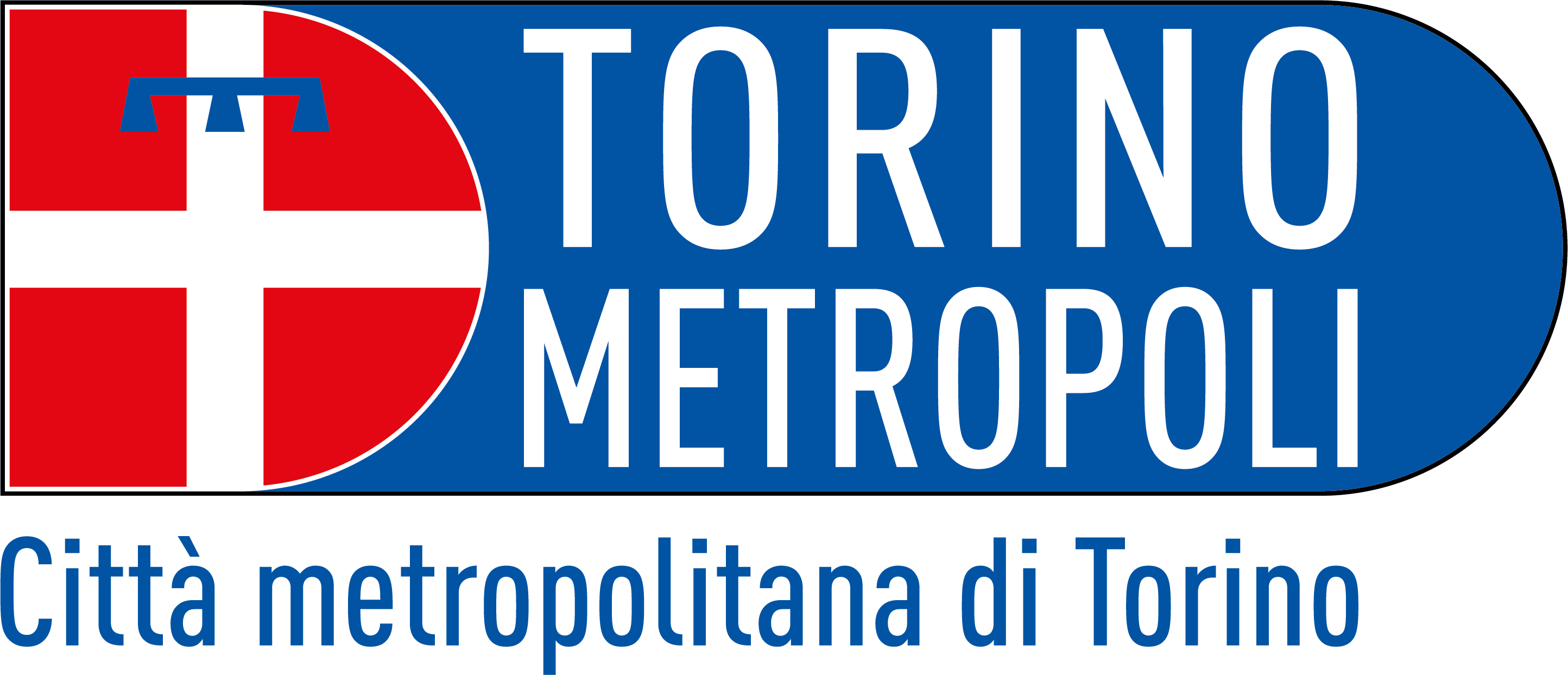As you can read on the dedicated page, European and national legislation includes, among the key points of waste management, the obligation for Member States to follow the criterion of the so-called "Waste hierarchy", which puts reduction first, followed by re-use and recycling, recovery and disposal.
The Città metropolitana di Torino has adopted this criterion for years: the following diagram illustrates the Integrated waste cycle used in the metropolitan area which, as can be seen, puts waste reduction and separate waste collection policies in first place.
The Integrated Waste Cycle of the Metropolitan City of Turin concerns both the materials deriving from separate collection and those of undifferentiated collection, as well as waste and process waste.
Differentiated waste collection
- The recycling of waste begins with careful separate collection which, in addition to being as wide as possible, must also be "quality", that is, with a very low presence, or rather totally free of unwanted fractions (eg receipts in thermal paper in the separate collection of paper, which are considered an extraneous and therefore unwanted fraction). In the territory of the Metropolitan City of Turin, since the end of the 90s, a significant boost has been given to separate waste collection, going from 18% in 2000 to 59.6% achieved in 2017.
- The various types of materials collected through separate collection - both with street and domestic bins, and in collection centers (e.g. paper and cardboard, glass, plastic, metals, wood, bulky household appliances waste etc ...) - are sent to the recovery plants to obtain material that will subsequently be used in the various industrial production cycles.
- Organic materials from separate collection (e.g. kitchen waste, cut grass, pruning, etc.) are intended for the recovery of material and/or energy in composting and anaerobic digestion plants. In composting plants compost (1) is obtained, while in digestion plants, in addition to compost, biogas (2) is also obtained.
- In both cases a certain amount of waste is also produced which will be sent to the waste-to-energy plant and/or to the landfill
Undifferentiated waste collection
- The waste coming from the unsorted collection (both from the street and domestic bins and from the collection centers), together with the waste from the recycling of the materials of the separate collection, are sent to the waste-to-energy plant for the production of heat and electricity.
- The waste (ash) of the waste-to-energy plant and the waste from the waste selection processes are disposed of in landfills
Would you like to learn more about waste recycling or organic waste recovery? See the dedicated pages.
Note
1 Compost (or composted soil conditioner) is an organic fertilizer, rich in humus, microbial flora and microelements,which make it an excellent product suitable for the most varied agronomic uses, from nursery gardening to crops practiced in full field.
2 Biogas: mixture of various types of gas, mainly methane, produced by bacterial fermentation in anaerobiosis (absence of oxygen) of organic plant or animal residues.
